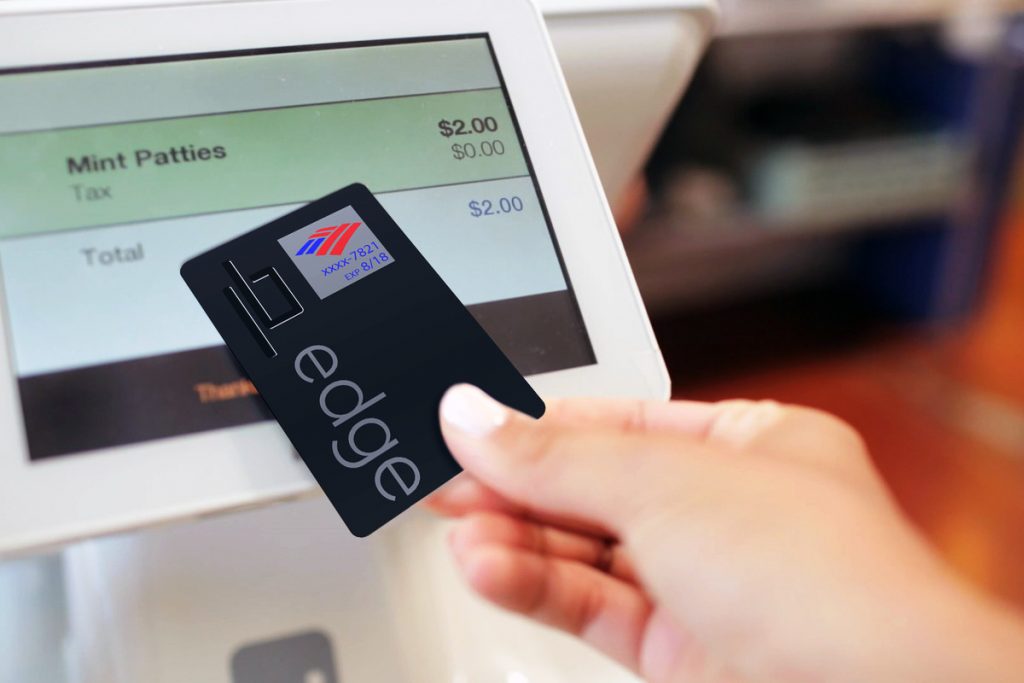Going Cashless: The Future of Credit Cards

Going Cashless: The Future of Credit Cards
The world of finance is ready to cross another interesting milestone, as the year 2020 will mark the 70th anniversary of the emergence of the first-ever universal credit card in world history. Over the last seven decades, the credit card industry has become ubiquitous. Not only that, it plays a very important role in the inner workings of everyday consumerism. This global trend has indeed created a lot of opportunities for consumers to make faster purchases and easier transactions.
For these reasons, many of us have started to think that going cashless might be more effective and convenient than bringing paper currency with us every time we leave the house. In addition to this, digital transactions allow us to manage our money using budget tracking tools and we can also say with certainty that the general risk of theft is dramatically lowered.
Use of Artificial Intelligence
But what kind of future do credit cards promise? As technology continues to evolve, software developers and digital financiers continue to make major innovations in the credit card game. In this article, we will cover some of the ways the future of credit cards might mean more and more being are successfully able to go cash-free in the modern marketplace.
Artificial intelligence is no longer a term that is limited to computer systems and gadgets —the entities created to use artificial intelligence are really starting to change the game in the credit card industry, too. In this case, AIs will be used to help make credit cards easier to use and more secure to handle.
Predictive analytics will continue to be implemented and detect fraudulent transactions. AIs can serve as chatbots that could help consumers check their balances during their travels. All combined, AIs are expected to innovate the ways that people use and generally interact with their money.
Rise of Biometric Credit Cards
As its name suggests, a biometric credit card combines the technology of an EMV card and a biometrics system (i.e. fingerprint scanner). First, card owners will have to register their fingerprints in their respective banks. During payments, a scanner that calculates matches with their rightful fingerprints will be used; if the fingerprints match, the payment will then proceed.
The good thing about this innovation is that, unlike PINs, fingerprint data can only be stored in the card itself. Thus preventing hackers from getting any information about individual consumers. According to official statements, Visa and MasterCard are still perfecting this form of technology.
Types of Credit Cards Available
Over time, consumers are expected to increase their use of credit cards in proportion to their spending habits as more and more merchants offer discount incentives for those going cashless. These practices also save money and time, so the benefits can really be far-reaching. Here, merchants will no longer have to count their money and they can easily make detailed records after each business day.
This is crucial because, in the US alone, studies have found that the average adult owns 3.1 credit cards and an average balance of $6,354. The average adult also has an average credit score of that have a credit score of 675, which has actually shown declines in recent years. According to these statistics, credit cards are still preferred by consumers that shop online. In a survey, it was found that consumers prefer using credit cards over debit cards and online payment systems (like Paypal).
With the rising popularity of the types of innovations mentioned above, it’s not much of a surprise that going cashless is likely to be the “next big thing” in the future. On a global level, the outlook is gearing up for new types of credit cards. However, as online payment methods (like cryptocurrencies and mobile wallets) continue to improve, credit cards will be forced to make their own innovations in order to keep up with the rest of the pack.